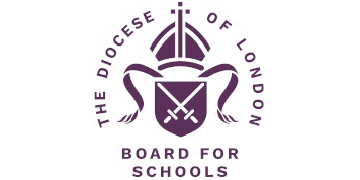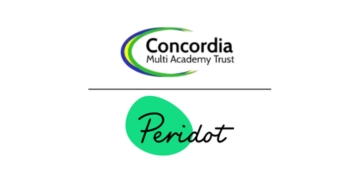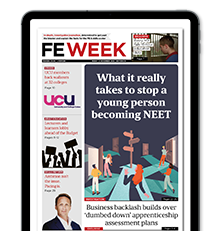A core strength of the government’s skills white paper is its recognition that post-16 education must function as a coherent tertiary system, bringing together FE, HE and lifelong learning.
The paper sets out a clear direction: strong teaching; effective leadership; genuine professionalism and skills; and a unified tertiary ecosystem, where learners move seamlessly between study, work and retraining throughout their lives, as the basis of national renewal.
It describes a future in which teachers and leaders are valued for the transformative work they do and in which professionalism sits at the heart of quality.
The most promising opportunities lie in how we make this tertiary vision real. It’s a vision that emphasises a strong workforce, flexibility through regional collaboration and local integration to address skills gaps, and a shared commitment to employer engagement, with evidence-based and data-led planning.
Coherence needs a shared framework
Yet for all its strengths, the white paper reveals there are two different stories to tell, divided by structures and regulators: one for FE and one for HE.
FE and HE are still framed around differing priorities – FE on technical excellence and local delivery, HE on research and global competitiveness – with no unified governance or funding model that spans both. The language of reform continues to separate the vocational from the academic, even as skills, research and innovation increasingly overlap.
We believe that a shared framework for teaching quality, workforce development and regulation – a framework that connects every part of the education landscape through common professional standards and values – can help bridge this gap.
Education through learners’ eyes
Building a connected tertiary environment starts with people, not systems alone. We need a shift in perspective.
Through the work that ETF does, I’ve seen how motivation, confidence and belonging to a professional community shape progress more powerfully than structures.
Together, we need to see education through the eyes of learners and how wellbeing and inclusion shape their choices: the 17-year-old exploring technical pathways, the adult retraining after redundancy, the teacher moving between college and industry. Their journeys cut across educational sectors – from school to FE, from FE to HE and from school to HE – yet the policy still treats them as disparate.
Workforce development: the binding thread
Every element of the framework – from technical excellence colleges to the introduction of V Levels to AI adoption – depends on the capability of the people who teach, lead and support learning. And of course, the sector also needs to address long-standing issues around both recruitment and retention. If the government’s aim is a coherent, high-quality tertiary system, then workforce development must be its binding thread.
ETF’s work already demonstrates what this looks like in practice: structured professional development, clear career pathways and a culture of collaboration between educators, employers and policymakers. And our evidence shows that investment in professional development improves learner outcomes, retention and institutional performance.
The emerging T Level teaching workforce is a good example. T Levels succeed when educators are supported to bridge classroom and industry practice – the essence of dual professionalism.
ETF’s programmes have shown how targeted development, employer engagement and peer learning can raise confidence and quality. Scaling that approach will be essential if we are to deliver on the white paper’s vision and give every learner access to world-class technical education. The introduction of V Levels will require similar support.
From ambition to achievement
ETF’s vision is for a respected, connected and expert FE and skills profession, one that drives productivity, inclusion and growth.
By embedding professionalism at the heart of reform, we will ensure this white paper delivers both structural and cultural change.
Through our partnerships and professional membership community, we will continue to work collaboratively to strengthen teaching, leadership and professionalism across the sector: because ultimately it is the people in the FE and skills sector – the teachers, trainers, leaders and support staff – who will turn our shared ambition into results.












Your thoughts